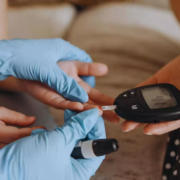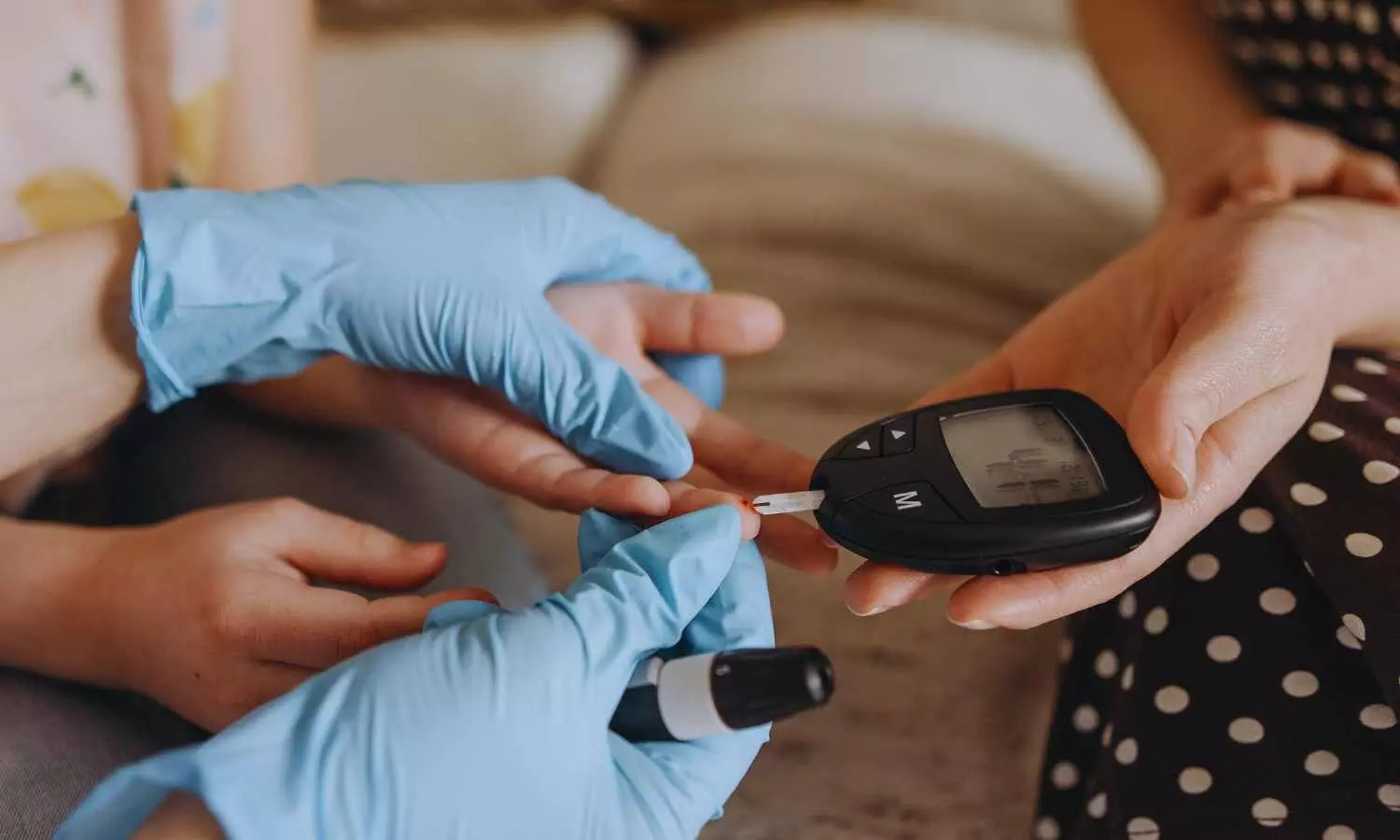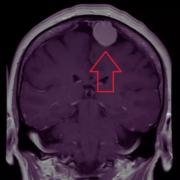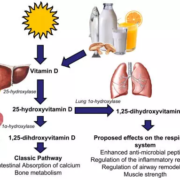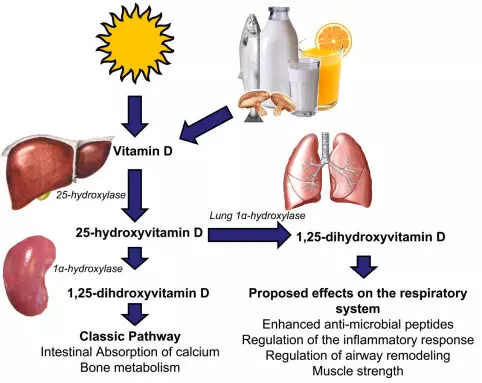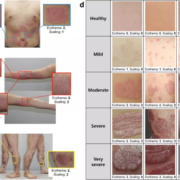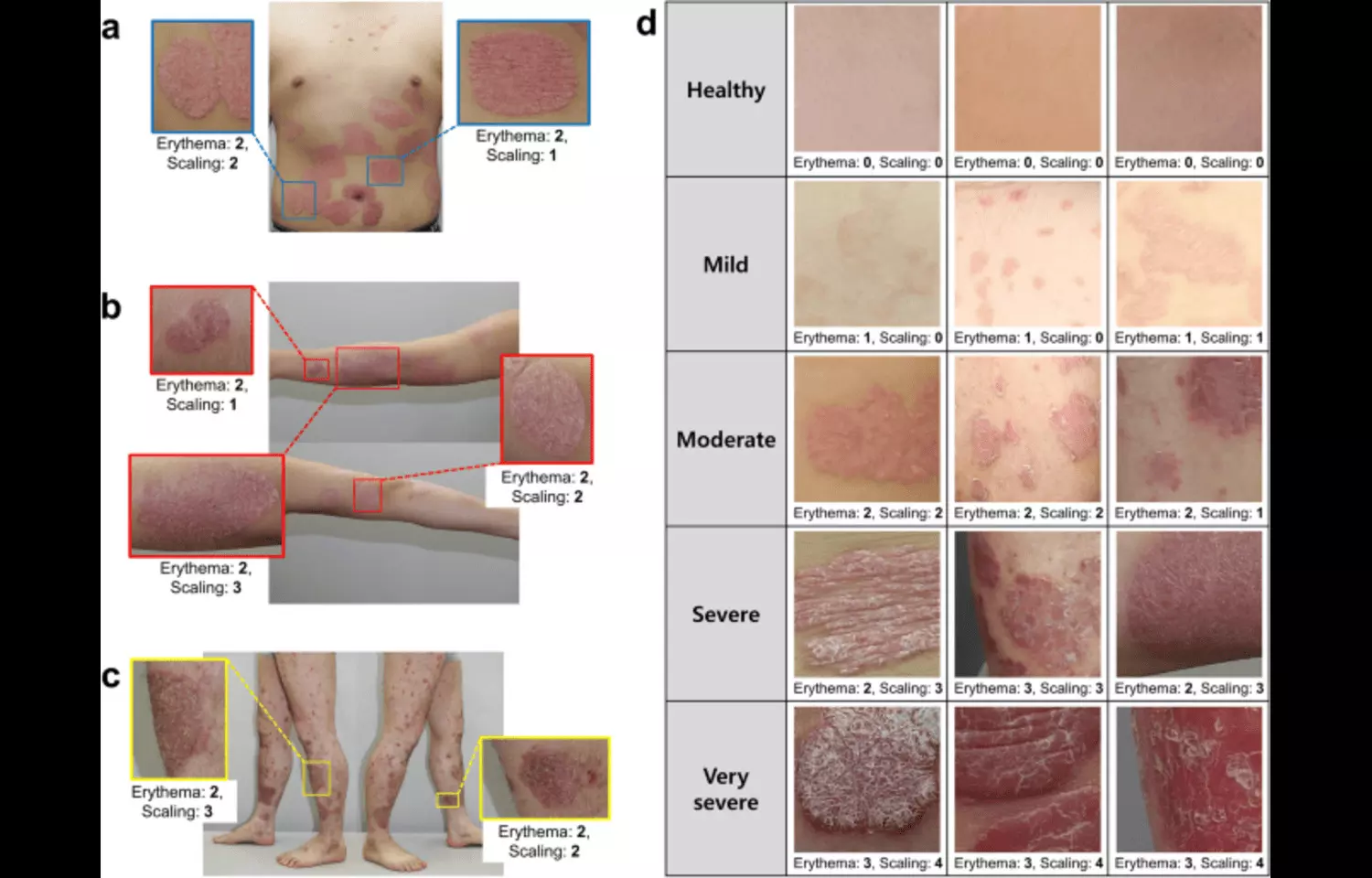
A study conducted at the University of Helsinki found that children and adults who follow a vegan diet had on average adequate intakes of calcium and vitamin D, nutrients important to bone health, but their bone metabolism differed from those who follow an omnivorous diet.
The MIRA2 study conducted at the University of Helsinki investigated bone metabolism and the intakes of nutrients critical to bone health, such as calcium, vitamin D and protein. The study involved children residing in Helsinki aged between two and seven who followed a vegan, vegetarian or omnivorous diet, as well as their caregivers.
The study subjects following a vegan diet adhered almost without exception also to the recommendations on the consumption of dietary supplements and fortified foods, and they had on average adequate vitamin D and calcium intakes. The children on a vegan diet had higher vitamin D intake than those on an omnivorous or a vegetarian diet due to more active consumption of vitamin D supplements with higher doses. On average, vitamin D status measured from blood was also adequate in all diet groups.
The study found that the more plant-based diets, namely vegan and vegetarian ones, were in adults associated with higher concentrations of bone formation and resorption markers, which may indicate accelerated bone metabolism. In contrast, more plant-based diets among children were associated with higher parathyroid hormone concentrations, which have been associated with more active bone resorption. While these observations can indicate long-term adverse effects on bone health, their clinical significance is unclear.
“The calcium naturally occurring in plant-based foods is fairly poorly absorbed. In fact, the widespread vitamin D and calcium fortification of plant-based dairy alternatives in Finland is important for the adequate intake of these nutrients among vegans and, consequently, for their bone health,” says Docent Suvi Itkonen from the Faculty of Agriculture and Forestry, University of Helsinki.
Many international studies have raised concerns about the potential adverse effects of vegan diets on bone health. However, these studies have typically targeted populations where vitamin D intake is low, the selection of vegan products on the market is narrow, and the consumption of fortified foods or dietary supplements is less widespread than in Finland.
Vegan diets require careful planning especially for children
The researchers found that vegans and vegetarians had lower protein intake compared to those who followed an omnivorous diet, although on average it was adequate. Proteins are composed of amino acids.
“It’s possible that the poorer absorption and different amino acid composition of plant-based proteins compared to animal proteins partly explain the observed differences in bone metabolism, but more research is needed on the topic. In fact, we will next investigate amino acid intake among the MIRA2 subjects and the amino acid composition of vegan diets,” Itkonen says.
The MIRA2 dataset was collected in Helsinki, where vegan food in daycare centres and various vegan food products are abundantly available. The families who participated in the study were well versed in guidelines for vitamin D supplementation and fortified food consumption.
“People in the Helsinki Metropolitan Area live in a kind of veggie bubble. Due to that one has to keep in mind that the findings of the study are not directly applicable to the populations of other regions or countries,” Itkonen points out.
The nutrition recommendations published last autumn emphasise a predominantly plant-based diet, restricting meat consumption and moderating milk consumption. If a food is entirely excluded from the diet, it is important to replace it with nutritionally comprehensive alternatives. When planning a vegan diet for children and adolescents, a visit to a registered dietitian is recommended.
“In terms of bone health, it is essential when consuming plant-based drinks and yoghurt-like products to choose the option fortified with calcium and vitamin D. Children should take a daily vitamin D supplement throughout the year. If the daily diet contains no margarines, dairy products or plant-based drinks fortified with vitamin D, and if fish is eaten less than 2–3 times per week, it’s important to ensure adequate vitamin D intake, especially during the dark season, by taking a vitamin D supplement. Among vegans, the need for vitamin D supplementation is common,” Itkonen notes.
Reference:
Itkonen, S.T., Hovinen, T., Kettunen, E. et al. Bone and mineral metabolism in 2–7-year-old Finnish children and their caregivers following vegan, vegetarian, and omnivorous diets. Eur J Nutr 64, 276 (2025). https://doi.org/10.1007/s00394-025-03758-y






